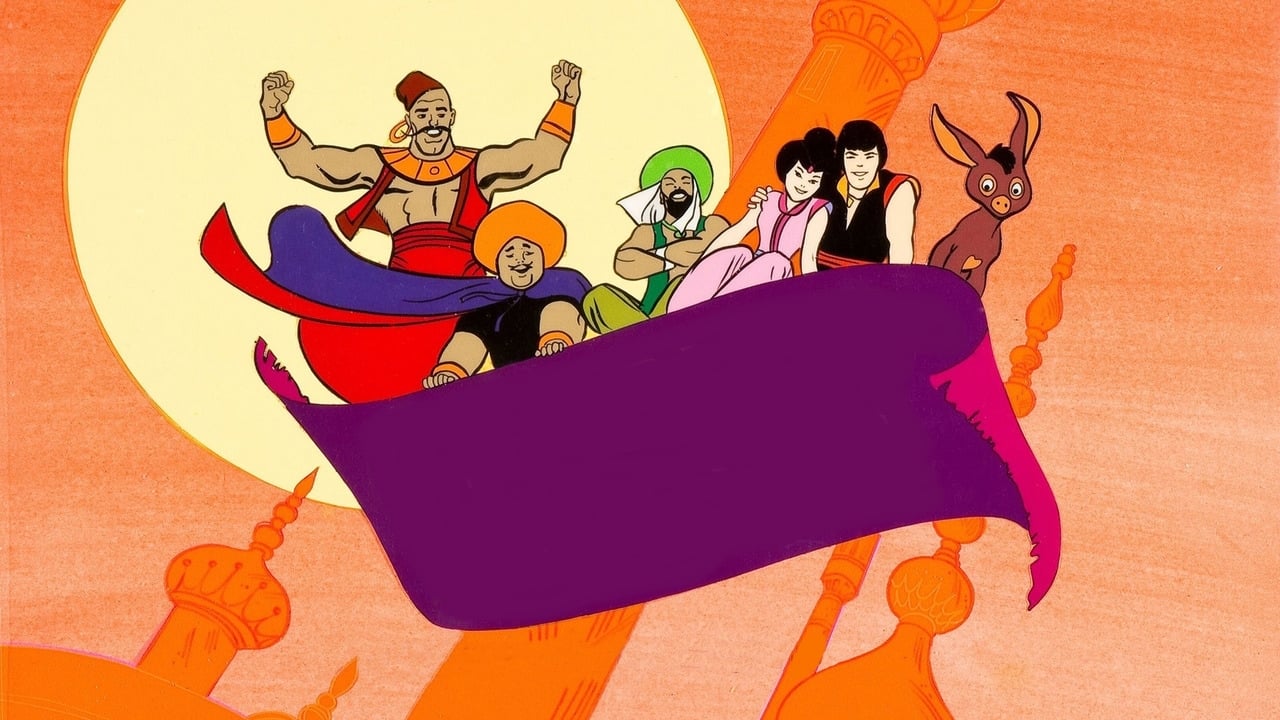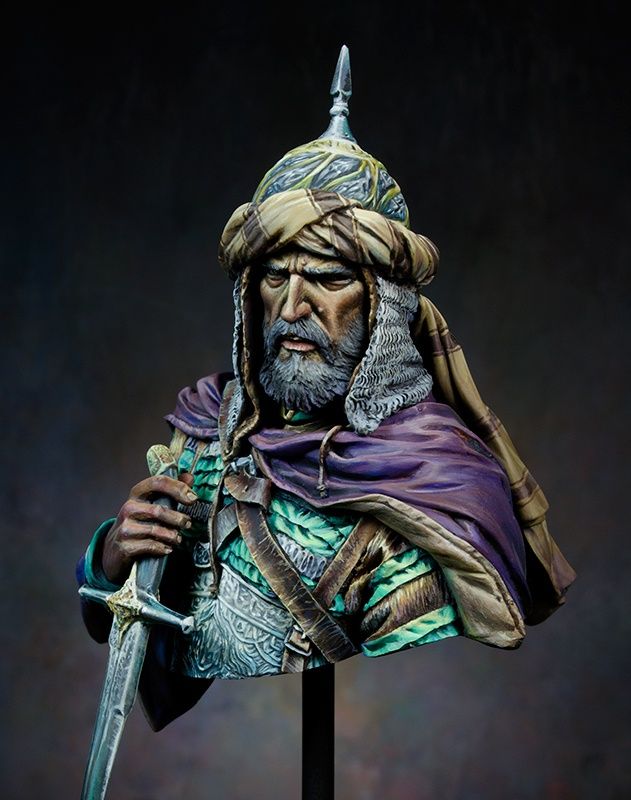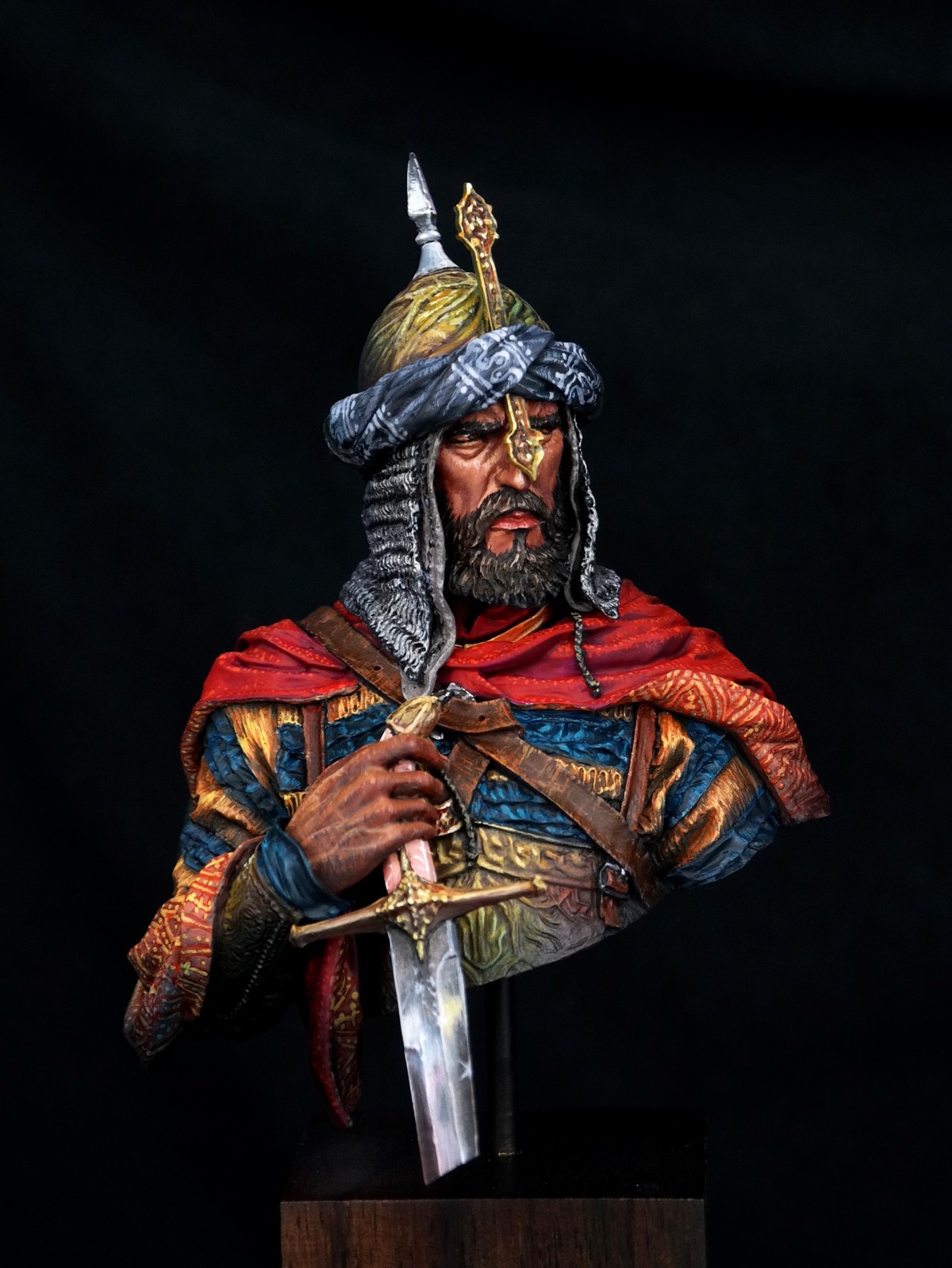
Arab warrior ..conceptart Persian warrior, Fantasy warrior, Fantasy
The Arabian Nights. Richard Burton 1885. The Arabian Nights, also known as The Thousand and One Nights and known in Arabic as Alf Layla wa Layla, is a collection of fables, fairy tales, romances, and historical anecdotes of varying ethnic sources, including Indian, Persian, and Arabic oral traditions. While their specific origins are unknown, it is certain that the stories were circulating.

Watch Arabian Knights (1968) Online Free, Arabian Knights All Seasons
Shahrayar. King of India and Indochina. He is a towering knight, a daring, invincible champion, and a respected ruler. When Shahrayar is betrayed by one of his wives, he judges that all women are untrustworthy. His marriage to Shahrazad is the central relationship in the collection. Read an in-depth analysis of Shahrayar.

Arabian Knight by Ernest · Putty&Paint
Stream #Aladdin on Disney+.Disney+ is the only place to stream your favorites from Disney, Pixar, Marvel, Star Wars, National Geographic and more. Access it.

ArtStation Arabian Knight, Amirul Hafiz in 2021 Fantasy art men
Arabian Knights is an animated segment of The Banana Splits Adventure Hour, created by Hanna-Barbera Productions. The series is based on the Arabian Nights, a classic work of Middle Eastern literature. The cast includes Henry Corden, Paul Frees, Frank Gerstle, Shari Lewis, Jay North and John Stephenson.

arabian warrior Warriors wallpaper, Warriors illustration, Islamic
Arabian Knight later represented the Arabian government when he attended Black Panther's meeting in the Eden Room of Avengers Mountain. Powers and abilities. The first Arabian Knight had the normal abilities of a healthy, athletic human. He was a good hand-to-hand combatant and was an exceptional swordsman, particularly in the use of the scimitar.
_(Earth-616)_from_Black_Panther_Vol_4_15_0001.jpg/revision/latest?cb=20151225185512)
Arabian Knight Marvel Database FANDOM powered by Wikia
1,001 Nights, also known as The Thousand and One Nights or Arabian Nights, is a collection of Middle Eastern and South Asian folk tales that were originally published together during the Islamic Golden Age. The stories — from historical tales to tragic romances to comedies — were collected over many centuries by a huge range of scholars and authors.

Arabian Knight Ines Johnson
Arabian Nights is a collection of ancient Middle Eastern and South Asian short stories and folk tales. They are also known as One Thousand and One Nights. The tales were collected over many centuries by authors, translators, and scholars across Asia and North Africa. Written originally in Arabic, the collection first appeared in an English.

Arabian Knights
The Thousand and One Nights. The Thousand and One Nights (Alf Laylah wa Laylah) or The Arabian Nights as it is commonly called in English, is a collection of stories of uncertain date and authorship that is very well known to readers worldwide.While the sources of many of the stories are unknown, most are considered to have Middle Eastern or Indian origin.

Warriors in art Arabian Knight by Richard Partridge
"The Arabian Nights" "The Arabian Nights" is a magnificent collection of ancient tales told by the sultana Scheherazade, who relates them as entertainment for her jealous and murderous husband, hoping to keep him amused and herself alive. Type of Material: Personal Name: Published/Created: New York, Charles Scribner's Sons, 1909

arab conquest Warriors illustration, Historical warriors, Arabian knights
The first European translation of the Nights, which was also the first published edition, was made by Antoine Galland as Les Mille et Une Nuits, contes arabes traduits en français, 12 vol. (vol. 1-10, 1704-12; vol. 11 and 12, 1717).Galland's main text was a four-volume Syrian manuscript, but the later volumes contain many stories from oral and other sources.

attachment.php (1500×2762) Fantasy character design, Persian warrior
Arabian Nights: With Mili Avital, Alan Bates, James Frain, Tchéky Karyo. To cure a Prince's murderous madness, Scheherezade tells him a series of wondrous stories.

Pin on Characters
It is often known in English as the Arabian Nights, from the first English-language edition (c. 1706-1721), which rendered the title as The Arabian Nights' Entertainment. The work was collected over many centuries by various authors, translators, and scholars across West Asia, Central Asia, South Asia, and North Africa. Some.

ArtStation Arabian knight, Mohamed Mostafa Arabian knights
The most significant translation in one hundred years of one of the greatest works of world literature From Ali Baba and the forty thieves to the voyages of Sinbad, the stories of The Arabian Nights are timeless and unforgettable. Published here in three volumes, this magnificent new edition brings these tales to life for modern readers in the first complete English translation since Richard.

Arabian knight by ohtek · Putty&Paint
Study Guide. The dozens of stories in The Arabian Nights, gathered over the centuries from India, Persia, and Arabia, were originally an oral tradition with specific authors unknown. Narrated by Shahrazad, the king's new wife, the tales are her lifeline. If the king loses interest, he will put her to death.

medieval sportsman Historical fantasy, Medieval, Arabian knights
Whether it's flying carpets, farting bridegrooms, or genies granting wishes, there is much to enchant, delight, and amuse in the Arabian Nights. Here are ten of the best stories from the collection. 1. The Seven Voyages of Sinbad the Sailor. Over the course of seven voyages throughout the seas of east Africa and south Asia, the intrepid.

Arabian Knight by Ernest · Putty&Paint Arabian knights, Knight, Arabians
The Book of the Thousand Nights and a Night (1888), subtitled A Plain and Literal Translation of the Arabian Nights Entertainments, is the only complete English language translation of One Thousand and One Nights (the Arabian Nights) to date - a collection of Middle Eastern and South Asian stories and folk tales compiled in Arabic during the Islamic Golden Age (8th−13th centuries) - by.